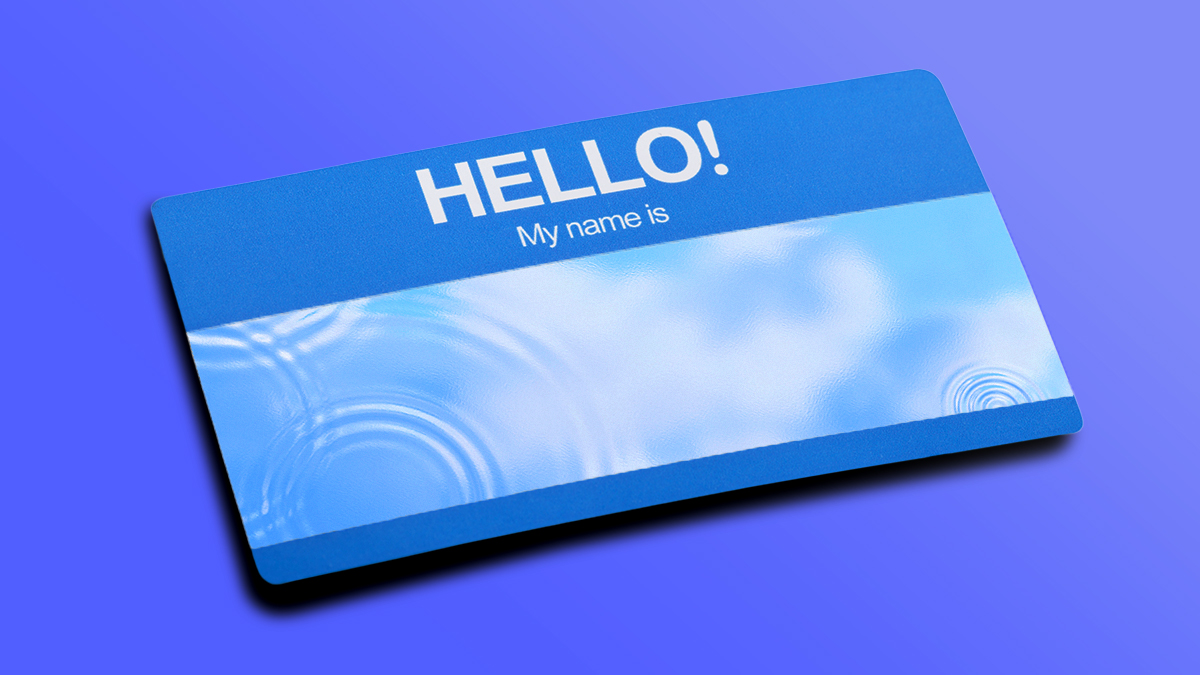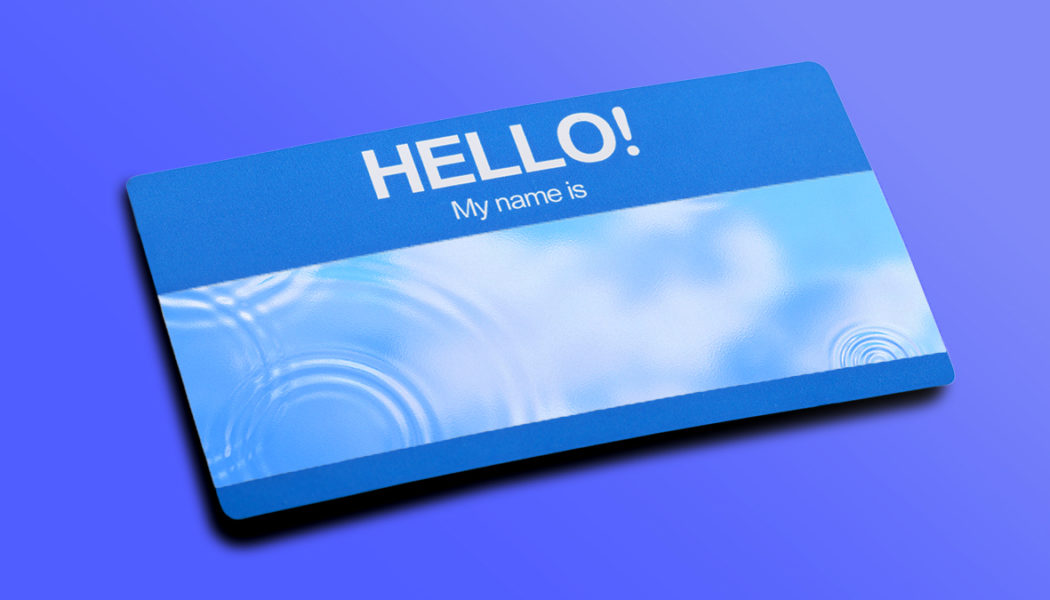
We usually think of new entrants to the workforce as young people and recent graduates, but the cohort can also include existing workers entering new types of employment, such as frontline workers transitioning to office work, gig workers moving to salaried roles, or people moving from unpaid caregiving to formal employment. Each iteration of the “next-gen” workforce is the complex byproduct of an evolving society and environmental factors. Once you contextualize new entrants and understand the unique forces that drive them, you can more effectively and meaningfully support their mental health at work. The authors present three actions to guide your strategy.
For new entrants to the workforce, mental health is not only a priority — it’s a necessity. Ninety-two percent of new and upcoming graduates say it’s important that they feel comfortable discussing mental health at work. Sixty-one percent would leave a current role for better mental health benefits, and 54% would turn down a job offer if it didn’t come with work-life balance.
Navigating mental health and the benefits landscape as a new employee can be confusing, to say the least, on top of the everyday demands of the work itself. On the employer side, the marketplace for mental health support is increasingly inundated with benefits, products, perks, and offerings that can be tough to piece together, not to mention tailor to a progressively diverse workforce. The resulting ambiguity and gaps can leave new workers feeling lost, disengaged, and inclined to pursue other opportunities.
So how do we meaningfully support new workforce entrants when it comes to mental health? What actually works? In our work with diverse global employers, we’ve found it’s critical for leaders to create well-informed and innovative strategies tailored to new entrants’ values, challenges, and motivators. Here’s how.
Understanding the Evolving Landscape of New Workers
We usually think of new entrants to the workforce as young people and recent graduates, but the cohort can also include existing workers entering new types of employment, such as frontline workers transitioning to office work, gig workers moving to salaried roles, or people moving from unpaid caregiving to formal employment. A better understanding of how these populations differ can help leaders develop more effective strategies to support them.
Many new entrants share common challenges by virtue of their career stage, regardless of age. These can include needing to adjust to new organizational work cultures (e.g., from school to work, or new types of employment), loss or change of social support networks (e.g., when moving for a job), and pressure to succeed and accelerate career growth. Collectively, these challenges reflect an adjustment to the work structure that can be solved by providing clarity and effective onboarding, resourcing, and connection-building.
There are also unique challenges tied to generational grouping. For the latest cohort of Gen Z workers, their wants and needs are influenced by broader societal shifts such as growing diversity, higher costs of living, lower housing affordability, the integration of technology in work and everyday life, and greater consciousness around social issues like gun violence, reproductive justice, climate change, LGBTQ+ rights, and more. Gen Z workers also face previously unseen workforce challenges, including the loss of social development opportunities related to the pandemic and new work norms such as hybrid working. Newer and younger workers further have greater awareness, literacy, and comfort around mental health, as well as higher expectations of employers to support mental health at work. Together, these factors reflect the changing state of our world.
Strategies to Support New Workers
Each iteration of the “next-gen” workforce is the complex byproduct of an evolving society and environmental factors. Once you contextualize new entrants and understand the unique forces that drive them, you can more effectively and meaningfully support their mental health.
Consider these three actions to guide your strategy:
1. Integrate mental health into your end-to-end new employee experience.
New workforce entrants are navigating the landscape of work for the first time. Simultaneously, they are increasingly valuing psychological safety and proactive normalization of mental health. To meet this growing need, consider the following areas of the new employee experience:
- Talent attraction. Create a mental health or employee well-being statement that clearly defines what mental health means to your organization. You can also include examples of how your company supports mental health in job postings, add employee testimonials around work-life balance to your careers page, and share information about mental health benefits with job candidates.
- Demonstrate a culture of safety and support for mental health for new hires. For example, tech company Buffer shares with new employees the story of their CEO, Joel Gasciogne, who took a sabbatical to recover from burnout. This helps establish the company’s values around mental health and approach to sustainable work up front. Mental health can be further highlighted in employee handbooks, in-depth guides for navigating benefits, and learning opportunities (especially for managers).
- Ongoing engagement. Build continuous connection and community around mental health. Try an onboarding buddy system to maintain consistent points of connection. Socialize and promote employee resource groups (ERGs) to foster belonging and create safe spaces for discussions, learning, and innovation. Employ reverse mentoring to capitalize on new workers’ knowledge, awareness, and comfort around mental health to benefit the broader organization.
2. Co-create sustainable, mentally healthy work cultures.
Studies on stress and burnout cite the impact of toxic workplace cultures and relationships on individual well-being. At the same time, a growing number of new workers are actively prioritizing autonomy, flexibility, growth, and purpose in their careers. Several strategies can help create a healthier, more inclusive, and more sustainable culture of work:
- Be clear, consistent, and caring in teaching norms around work. This includes “hard norms” like roles, timelines, and deadlines; “soft norms” around urgency, responsiveness, and how people communicate; and regular encouragement to engage in self-care and healthy work practices.
- Collaborate around working needs, styles, and preferences. Invite employees to share their individual needs around work and ideas to foster team well-being, connection, and productivity. These can be things like clear boundaries around start and end times or focus time, restricting meetings to certain hours of the day, or providing support around commutes or childcare.
- Explore opportunities for learning and growth. Consider both formal learning like trainings and informal learning like shadowing that build skills and model company values. Be transparent about expectations and pathways for career progression. Ensure performance recognition and promotion are anchored to the behaviors and values that support company and team health.
3. Adopt a user experience lens for mental health support.
When it comes to formal mental health supports, learning how to navigate employer resources for the first time is no easy task. (What’s a copay again?) This is especially true for new workers who may require a robust portfolio of professional and self-care resources. Extra guidance for new workers around convoluted rules related to eligibility, coverage, privacy, and confidentiality policies is critical. The following strategies can help:
- Be extra communicative around the “how” of benefits. Share information continuously using multiple channels. Hold learning sessions and Q&As with your benefits team and publish simple how-to guides on your intranet detailing how to navigate and weigh different benefit options. Do this during onboarding, and repeat at regular intervals including open enrollment, stressful work periods, and in response to local and global
- Upskill leaders and managers. This often happens through training, but can also include newsletters, resource guides, and more. Effective approaches go beyond crisis response and emphasize creating cultures of safety and sustainable ways of working. These programs should be embedded throughout onboarding, promotion, and annual training.
- Subsidize healthy lifestyles and behavior perks. There are endless ways for individuals to engage in self-care. Subsidizing them — particularly for newer workers with lower disposable incomes — incentivizes and empowers them to pursue these positive behaviors, whether they’re meditation apps, coaching solutions, sleep tools, gym memberships, and more.
. . .
More robust and inclusive mental health strategies will not only help new workforce entrants, but all employees, to drive better health, productivity, and engagement outcomes. While this requires a comprehensive approach, it can start with leader allyship, manager-led supports, and making real investments in an organization’s culture of work.
Inevitably, your new workers become seasoned ones. Investing in new workers today is truly an investment in your workforce long-term.








